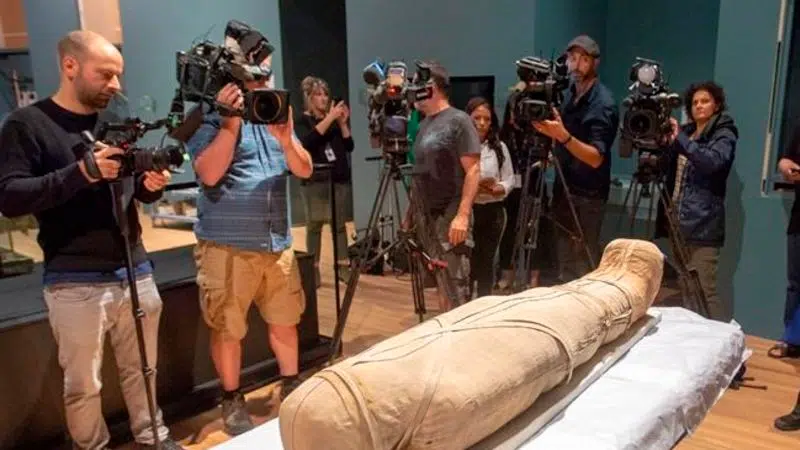
How medical technology reveals the secrets of ancient Egyptian mummies
MONTREAL — Nestawedjat, a wealthy, married “lady of the house,” died in the ancient Egyptian city of Thebes sometime around 700 BC.
Some 2,700 years too late to save her, she was brought to a British hospital to undergo a thoroughly modern medical procedure: a CT scan.
In recent years, medical technology has allowed researchers to learn intimate details of the lives of ancient Egyptian mummies that go far beyond the biographical details gleaned from their tombs.
Nestawedjat, for example, likely died between the ages of 35 and 49, her teeth probably hurt and she had lesions on her spine that are often associated with athletes or the elderly — even though she died at what would be a considered a young age by today’s standards.


